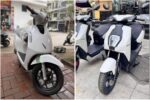The actual operating range of electric cars is almost never 100% accurate compared to the manufacturer’s announcement. The range of electric cars is influenced by many factors, among which, ambient temperature is one of the important factors.
In fact, ambient temperature can affect all types of cars, but electric cars are more affected. Some studies have shown that the range of electric cars can be reduced by 30 – 40% operating range when the ambient temperature drops below 4 degrees Celsius.
In Vietnam, the temperature in some provinces in the northern region can drop below 10 degrees Celsius in winter, even down to 0 degrees Celsius. This weather condition can significantly reduce the driving range of electric cars, as lithium-ion batteries perform best at 15 – 27 degrees Celsius. Moreover, during low temperatures, the demand for using heating modes in cars also increases, causing electric cars to consume battery power faster.
To minimize unwanted impacts, users need to pay attention to some effective methods to improve the operating capability of electric cars in winter.
Preheating the car before driving: Most electric cars today have a preheating function. Users can take advantage of the charging time to preheat the car before departure. This will warm up both the interior and the battery pack while conserving battery capacity. Parking under sunlight also helps keep the car warm.
Using the energy-saving driving mode: Most electric cars have an energy-saving mode to reduce the amount of electricity supplied to the drivetrain and energy-consuming features (such as heating system). Switching to this mode when using electric cars in winter helps reduce power consumption for the motor and minimize battery drain.
Using regenerative braking system: This is one of the smart ways to use electric cars to increase energy-saving efficiency. The operating mechanism of regenerative braking converts the kinetic – thermal energy of the braking process into electricity for reuse.
Balancing the battery charging time: Charging time for electric cars in winter is significantly longer. In some cases, the charging time can be doubled or tripled compared to normal. In reality, the battery management system (BMS) – responsible for interacting with the charging station and adjusting the charging power of the car – always takes into account the temperature of the battery pack.
Using heating mode reasonably: Without a “natural” heat source like internal combustion engine cars, electric cars have to use electricity to generate heat, which naturally affects their operating range. To get the car on the road in the best condition, users should only use the heating mode moderately and when necessary.
Parking indoors: Electric car batteries have to work harder in low temperatures and may self-discharge energy. Similar to smartphones, lithium batteries commonly used in electric cars have an optimal operating temperature range of 20-25 degrees Celsius. Meanwhile, NiMH batteries (commonly found in hybrid cars) have better resistance to low temperatures. To minimize unwanted impacts, users should avoid parking electric cars outdoors overnight. Some experts also recommend keeping the battery above 20%.
Thai Son (Tuoitrethudo)
Tips for Using Electric Cars in Winter
The manufacturer’s claims about the performance of an electric car are often misleading, as the actual performance rarely lives up to expectations. The range of an electric car can vary significantly due to various factors, and one of the most influential variables is the temperature of the environment.



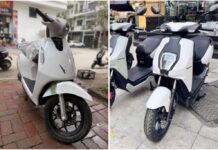





















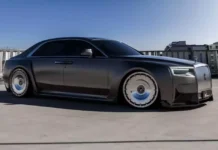


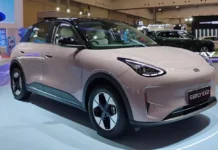

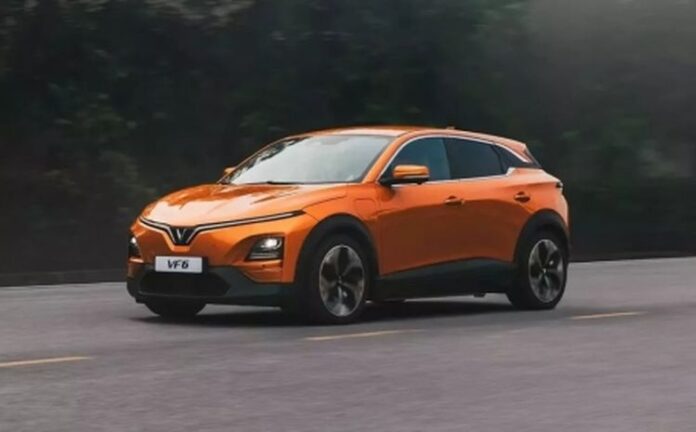
.png)
.jpg)
.jpg)



